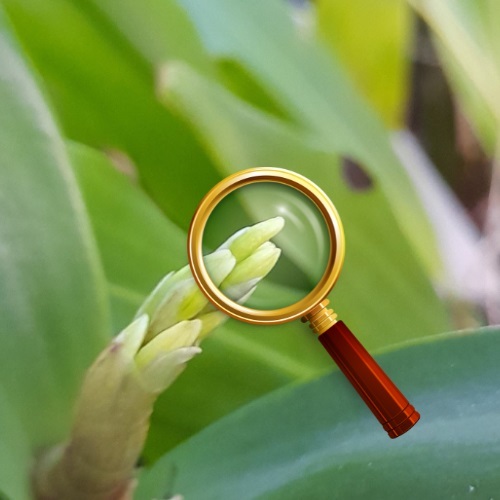21 Plant Myths You Need to Stop Believing Right Now
In the vibrant world of houseplants, a constant stream of tips and tricks flows from well-meaning friends, internet forums, and even those charming plant labels. Many suggestions promise a thriving indoor jungle, but some harbor hidden dangers.
Before blindly trusting every piece of advice, it's crucial to recognise how seemingly effective plant care practices can actually harm your leafy companions and stifle their vibrant dreams. Let's set the record straight!
Soil, Drainage & Watering Myths
Myth 1: Rocks at the bottom of a pot to improve drainage.
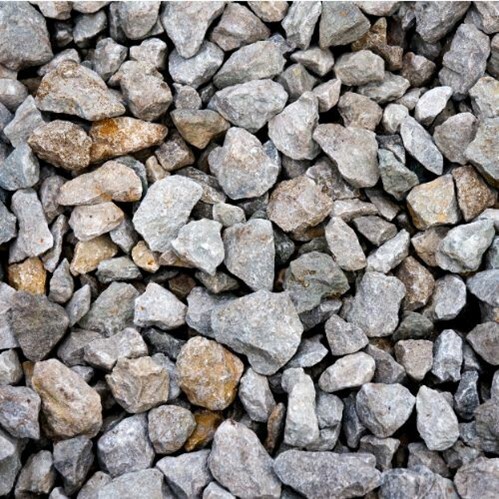
Placing rocks or broken crockery at the bottom of a pot is a common misconception and, frankly, a bit of a shocker. It doesn't improve drainage at all. Instead, it creates a 'perched water table'—a layer of water that sits above the rocks, which can lead to root rot.
It just decreases the amount of good potting mix your plant has available.
The Fix: Instead, mix lightweight materials like pumice, perlite, or even fine gravel directly into the potting mix. This aerates the whole root ball and genuinely improves drainage throughout.
Myth 2: Salt is a great, natural weed killer.

This might work in a pinch for a driveway, but using salt near your houseplants (or in the garden!) is not recommended.
-
Salt harms soil: It acts as a desiccant, essentially drawing all the moisture out, making it incredibly difficult for any plant to absorb water or nutrients.
-
Non-selective killer: Salt is a non-selective killer; it will harm or kill all plants, not just the annoying weeds, putting your desired plants at risk.
-
Long-lasting issue: Salt is notoriously difficult to remove from soil and can take years to flush out, potentially leaching down and contaminating deeper soil layers.
Myth 3: Always hold off watering after repotting.
This is a case of 'it depends'! Your watering strategy after a repot is entirely dependent on the type of plant you've just repotted.
-
If your soil is moist enough and the plant seems perky enough, it may not need immediate watering.
-
For Moisture Lovers: A moisture-loving plant, like a fern, I would water immediately. This settles the soil, removes any sneaky air pockets, and helps the roots establish quickly in their new home.
-
For Cacti & Succulents: For something like a cactus, which is far more prone to root rot, especially if you may have damaged its roots when being repotted, I would not water immediately. Wait a few days, say 3–5, until the roots have had a chance to 'heal' and seal off any small wounds.
Myth 4: Ice Cubes are a smart way to water orchids.
Skip the ice cubes! While popular, this method shocks the roots with cold temperatures, leads to uneven soaking, and is just generally a terrible idea. Use room-temperature water for an even, thorough soak throughout the soil.
Myth 5: Always fill your pots right to the rim with soil.
While it might seem intuitive, leaving a small gap is actually crucial when potting up a plant.
-
The Reservoir: That space is essential as a reservoir, holding the water temporarily before it soaks slowly and evenly through the soil.
-
Preventing Overflow: Soil tends to settle slightly after watering. If the pot is packed full, the soil and water will simply overflow onto your nice rug when you water. Leave a 2–3 cm gap (or about an inch) at the top.
Food, Health & Care Myths
Myth 6: Always fertilise your plants.
Not always necessary. If you've recently repotted your plant using a high-quality, nutrient-rich potting mix, it probably has enough 'kai' for the next 3–6 months.
-
Plants Make Their Own Food: Remember, plants make their own food through photosynthesis. Only fertilise when your plants show signs they are lacking nutrients, typically during their active growing season.
-
More is not better: Don't overfertilise plants! Always use the recommended dosage. Regular, light applications are much better than only an annual, over-generous application.
Myth 7: Plant Food fixes sick plants.
Not quite! If your plant is stressed, unwell, or has pests, extra fertiliser can actually worsen the issue by burning fragile roots. Identify the actual problem (pest, rot, light issue), address it, and let your plant recover before introducing a feed.
Myth 8: Epsom salts, tea bags, or coffee grounds are a magic fertiliser.

While these are great for the outdoor compost heap, relying on them to cure your plants is risky.
-
Epsom Salts: They provide magnesium, which may offer a temporary fix for a deficiency, but a completely balanced, fertiliser is a much better long-term solution.
-
Tea Bags: They lack complete nutrients and, when left on the soil, can attract mold and fungus gnats.
-
Coffee Grounds: They are not a magic plant food. They can be acidic, which will harm some plants over time. Best to compost them first or use them extremely sparingly and mix well into the topsoil.
Myth 9: Leaf shine sprays are great for glossy foliage.
Skip the leaf-cleaning sprays! While they give a temporary gloss, sprays can actually block sunlight and suffocate the pores on your plant's leaves.
The Fix: A damp cloth, a quick shower rinse, or putting plants outside in a gentle rain are all far superior, chemical-free suggestions for removing dust.
Myth 10: Misting houseplants increases humidity.
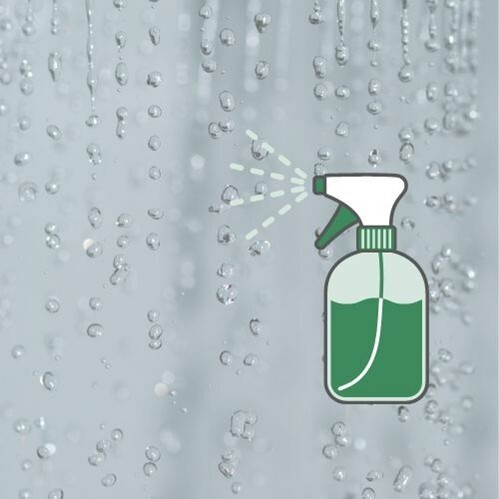
Misting is largely a waste of time when it comes to long-term humidity. It provides a brief spike in humidity that lasts mere minutes, and the droplets left on the leaves can actually encourage fungal issues.
The Fix: Use a proper humidifier, group plants closely together, or place the pot on a tray filled with pebbles and water (just make sure the pot base is above the water line).
Myth 11: Plants love steamy bathrooms.
While bathrooms get wonderfully humid during a shower, they often lack consistent warmth, and they dry out quickly once the steam dissipates. This seesaw of conditions is actually unsuitable for most humidity-loving plants. Check the consistent light and temperature first!
Light, Location & Toxin Myths
Myth 12: Plants can thrive in a truly dark corner.
No plants will flourish without some light, period. Plants marketed as suitable for 'inadequate light' will compensate by growing long, weak, and lanky (etiolation), as they desperately stretch toward the nearest light source.
The Fix: If you want a plant in a dim space, you'll need to use LED grow lights to supplement the natural light—it makes a world of difference! Read this earlier blog I wrote regarding cacti, succulents, and light requirements. Here.
Myth 13: You must ban all plants from your bedroom.
Utter nonsense. The small amount of CO2 that plants release at night is utterly harmless to humans. The calming atmosphere, improved air quality (due to humidity and dust trapping), and general joy that plants bring to your house far outweigh this old wives' tale.
Myth 14: You must purge your home of all toxic plants if you have pets or children.
Some people get so carried away deciding which plants may be toxic that they banish them from inside the house or even kill any in their gardens. There is no need for such drastic action!
It would be a very sad world indeed if we removed every single plant that was toxic! Frankly, a huge number of common plants carry some toxicity.
Think about the ones we love:
-
The popular indoor favourite, the Pothos (Devil's Ivy)? Mildly toxic.
-
The seeds of the humble apple? Toxic. We just don't eat them.
-
The beautiful, cheerful bulbs of daffodils that signal spring? Toxic if a pet eats them up.
-
The leaves of rhubarb you use for crumble? Toxic. You only eat the stalks.
The key is not panic, but awareness. Understand which plants pose a risk to vulnerable family members (like small children or pets) and take sensible precautions. You can't remove everything that may pose a risk in life.
-
Keep Out of Reach: Simply keep indoor plants out of reach of small children and exploring pets. Use high shelves, hanging baskets, or enclosed terrariums.
-
Educate: Educate children about safe vs. unsafe plants (and to never eat plants without asking a grown-up).
-
Know Your Pet: Not all pets are plant chewers. Research your specific pet's behaviour before enforcing a total plant ban.
Repotting, Propagation & Troubleshooting
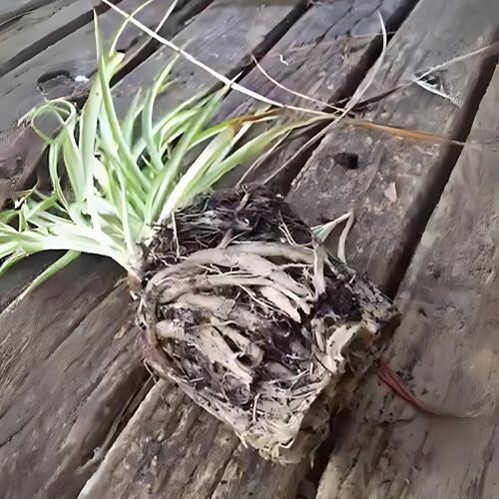
Myth 15: Always give your new plant a much bigger pot to 'grow into'.
Repotting size matters! A pot that is too big can lead to root rot because the large volume of soil will stay wet for far too long, starving the roots of oxygen. Choose a pot only slightly larger (about 2–5 cm or 1–2 inches wider) than the current one to encourage healthy, steady growth.
Myth 16: You must avoid touching the roots when repotting.
Don't be afraid to loosen the roots! Contrary to some beliefs, it's best to gently loosen the roots of a pot-bound plant when transplanting it.
-
Address Root Circling: Tightly circling roots restrict nutrient and water uptake.
-
Prune Strategically: For severely root-bound plants, you can even carefully slice off a small portion of the most congested roots before repotting.
Myth 17: Always use older, larger stems for propagation.
Size matters, but not always! Not all plant types propagate well from thick, old, woody stems. Research the best propagation method for your specific plant species first. For many plants, a younger, non-woody stem tip (a 'tip cutting') actually has more active growth hormones and will root faster.
Myth 18: Black pots are better, and clear pots are a game-changer.
This is a two-part myth that steers people toward pot colours that have serious drawbacks.
Part A: Black Pots
-
Myth: Black pots = Faster growth (due to warmth).
-
Fact: While black pots absorb more heat, this is usually detrimental. Overheated roots, especially when sitting in a sunny window, or on a concrete path, can cook, stunt growth, or even kill the plant.
Part B: Clear Pots
-
Myth: Clear pots are a 'game-changer' because you can easily check the roots and moisture levels.
-
Fact: That's a load of codswallop! While you can see the roots, for most plants, roots are naturally programmed to grow away from light (negative phototropism). Exposing roots to light can stress them, and the clear plastic provides the perfect environment for algae growth on the inside of the pot. Algae competes for nutrients, can change the soil's pH, and quickly makes the pot look a right mess, blocking your view anyway. The only common exception is orchids and a few other epiphytes whose roots can photosynthesise.
The Safest Options:
-
Terracotta pots: These breathable, light-coloured pots allow for better airflow and prevent excessive heat buildup, making them fantastic for plants that like to dry out a bit. But do not use terracotta for moisture loving plants, as they wil dry out too much.
-
Light-Coloured Opaque Plastic: If you need to retain more moisture, a light-grey or white plastic pot will reflect heat while keeping the roots in the dark where they belong.
Remember: Choose pots that offer good drainage and ventilation for optimal root health. Your plant species, as well as your climate, should always be considered.
Myth 19: Plants need frequent soil aeration.
While good air circulation is important, frequent soil aeration isn't always necessary and can disturb delicate roots.
-
Know Your Plant: Some plants, like cacti and succulents, actually thrive in slightly compact soil.
-
Keep it Gentle: If you must aerate, gently loosening just the top inch of soil with a stick is helpful. Excessive poking can be stressful for the plant, as you can break those new, fragile roots.
Myth 20: Pebbles for moisture: Myth or madness?
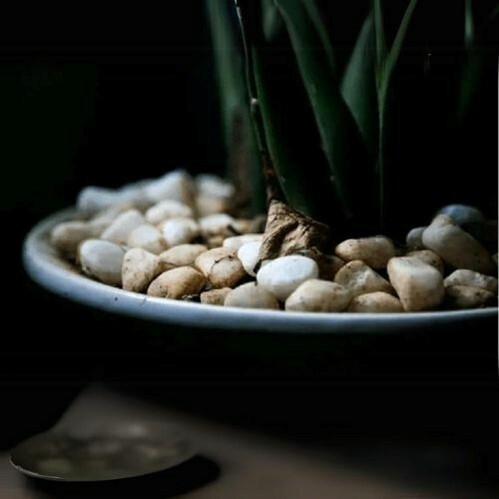
Here's the truth about using pebbles on top of your houseplant soil:
-
Myth: Pebbles act as a magic moisture reservoir, keeping your plant hydrated.
-
Fact: Total madness, really. Pebbles on top of the soil do not increase moisture content. In fact, they can:
-
Hinder Watering: Create a barrier, making it harder for water to reach the roots properly.
-
Compact the Soil: The weight of a thick layer of heavy pebbles can compress the soil, hindering drainage and potentially suffocating the roots.
-
-
A Note on Pests: You might hear that a top layer of grit can help reduce fungus gnats, and there's a kernel of truth there! However, regular pebbles often leave small gaps. For a truly effective gnat barrier, you're better off using a thin layer of fine, coarse horticultural sand or grit on the top of the soil, not heavy, bulky pebbles.
Myth 21: Any yellowing or wilting means my plant is dying!
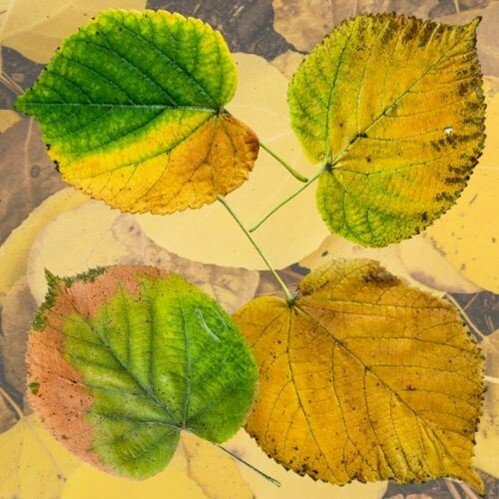
Don't panic! Yellowing leaves are not always a cause for concern—it could simply be the natural aging of older leaves. Similarly, wilting can be caused by both underwatering and overwatering!
The Simple Check: Before watering (or not watering), simply stick your finger into the soil. If it feels dry, then water. If it feels soggy, hold off. Yellowing and wilting can also be caused by insufficient light, pests, or fungal issues, so if watering adjustments don't solve it, you need to investigate further.
[Another blog I wrote about plant issues.]
Your Next Step for a Thriving Home
Phew! That's 21 myths busted! By swapping out the myths for the facts, you're well on your way to a truly flourishing indoor jungle.
Want more trusted, expert advice delivered right to your inbox? I send out a monthly Kat's Flora newsletter packed with seasonal tips, deep dives into plant care, and exclusive content you won't find on the blog.
Click here to sign up and stop guessing about your plant care!
Posted: Sunday 23 June 2024
Recent Posts
Archive
Tags
| Top |

